Frequently Asked Questions
1. Why are quality knives important in culinary arts?
2. What are the main types of chef knives?
3. How should I maintain my chef knives?
4. What should I consider when choosing chef knives?
5. Can knives be considered art?
Knives are more than just tools in the kitchen; they are an extension of a chef’s skills and creativity. In the world of culinary arts, the importance of quality knives cannot be overstated. They are indispensable tools that enhance the efficiency and precision of cooking. In this blog post, we will explore the crucial roles that knives, especially chef knives & sets, play in culinary arts, their various types, maintenance tips, and how they elevate the cooking experience.
The Foundation of Culinary Skills
Every culinary artist understands that the foundation of their skills lies in their ability to handle a knife. Whether it's slicing, dicing, or chopping, the technique and tools directly influence the final presentation and flavor of a dish. A chef's ability to manipulate ingredients with knife techniques lays down the essential groundwork for all culinary practices.
Understanding Different Types of Knives
The culinary landscape is peppered with various types of knives, each designed for specific tasks. When discussing chef knives & sets, it's essential to understand the various types that comprise a well-rounded toolkit.
- Chef's Knife: This versatile knife is a staple in any kitchen, typically around 8 to 12 inches in length, designed for chopping, slicing, and julienning.
- Paring Knife: A smaller knife ideal for intricate tasks such as peeling or trimming vegetables and fruits. It usually ranges from 2.5 to 4 inches in length.
- Serrated Knife: Perfect for cutting bread or tomatoes, the saw-like edge makes it easier to slice through crusty or delicate surfaces without squashing the contents.
- Boning Knife: This knife features a flexible blade, which allows chefs to separate meat from bones efficiently.
- Utility Knife: A mid-sized knife that serves various functions, making it handy for tasks that don’t require a full-sized chef’s knife.
Investing in a comprehensive set of chef knives & sets can drastically reduce preparation time and improve the precision of cuts, thus allowing the flavors of ingredients to shine.
The Art of Precision and Technique
Mastering the art of using knives also means mastering the techniques that come with them. Techniques such as the 'rocking motion' used with chef’s knives or the 'claw grip' used for holding food will ensure safety and efficiency during food preparation.
Chopping Techniques
Chopping is fundamental to cooking. The way ingredients are chopped can affect cooking time and the final presentation. Here are some basic chopping techniques that all culinary enthusiasts should learn:
- Minced: Finely chopped food, typically garlic or herbs, for a stronger flavor.
- Julienne: Cutting veggies into long thin strips, often used for carrots or zucchini.
- Brunoise: A dice cut that produces small cubes, perfect for uniform cooking.
These knife skills help chefs to create dishes that not only taste delicious but are visually appealing, which is vital in the culinary world.
Maintenance and Care of Chef Knives
Having a high-quality knife is just half the battle; proper maintenance is essential to keep your chef knives & sets performing at their best. Regular care can significantly enhance the lifespan of your knives. Here are some tips for maintaining your culinary tools:
Cleaning Your Knives
After each use, clean your knives carefully to prevent food particles and bacteria buildup. Here are some guidelines:
- Wash knives by hand with warm soapy water. Never place them in the dishwasher.
- Dry them immediately to prevent rust and corrosion.
Sharpening Your Knives
For optimal performance, keeping your knives sharp is crucial. A dull knife is not only less effective but also more dangerous because it requires more force. Here's how to keep them sharp:
- Use a honing steel regularly to realign the blade.
- Sharpen your knives every few months with a whetstone or an electric sharpener.
Remember, the effort put into maintaining your chef knives & sets will reward you with better results in the kitchen.
Choosing the Right Chef Knives & Sets
When selecting knives, consider the types of cuisines you frequently prepare. A classic chef's knife is a must-have for almost any kitchen, but depending on your cooking style, other specialized knives may serve you better. Here are some factors to consider:
Blade Material
Knife blades come in various materials, including stainless steel, high-carbon steel, and ceramic. Each material has its pros and cons concerning durability, sharpness, and maintenance requirements. For example, high-carbon steel offers exceptional sharpness but may require more upkeep than its stainless counterpart.
Handle Comfort
Comfort is key when selecting knives. Ergonomically designed handles help reduce fatigue and enhance precision during long cooking sessions. Consider the handle materials, such as wood, plastic, or composites, and how they feel in your hand during use.
Weight and Balance
A well-balanced knife that feels comfortable can greatly improve your efficiency in the kitchen. Try holding different knives to gauge their weight and balance before making a decision.
The Role of Knives Beyond Cooking
Knives play a vital role in culinary arts; they also serve as a source of inspiration and creativity for chefs. The unique shapes and quality of knives can influence the chef's style and techniques. Artisan knife makers create knives that not only serve functional purposes but are also pieces of art. For many chefs, using a beautifully crafted knife can elevate their passion for cooking to even greater heights.
Innovative Knife Designs
In recent years, innovative designs have gained popularity among culinary enthusiasts. Knives now come in various shapes and materials that cater to the diverse needs of chefs worldwide. For instance, Japanese knives are renowned for their sharpness and precision, reflecting the rich culinary traditions of their origin.
Knives as Collectible Art
For some, knives become collector's items. Makers often imbue their creations with stories and craftsmanship that resonate with culinary traditions. Collecting unique knives can also inspire chefs and home cooks alike, fueling creativity in the kitchen and showing respect for the artistry behind these essential tools.
Final Thoughts on Your Culinary Journey
The role of knives in culinary arts extends far beyond their physical presence in the kitchen. They are fundamental tools that help shape a chef’s journey, influencing everything from the preparation process to the final presentation of a dish. By investing in quality chef knives & sets, mastering essential techniques, and prioritizing care and maintenance, you’ll not only enhance your skills but also inspire a deeper appreciation for the culinary arts. As you refine your techniques and explore new cuisines, remember that a well-crafted knife can be your greatest ally in creating culinary masterpieces. So, gear up and start slicing your way to culinary success!
Discover the creations of a fellow Shopify or Wix store owner. Check out their online store here. Please remember that this is a promotional link, and we are not liable for the content of the linked store.









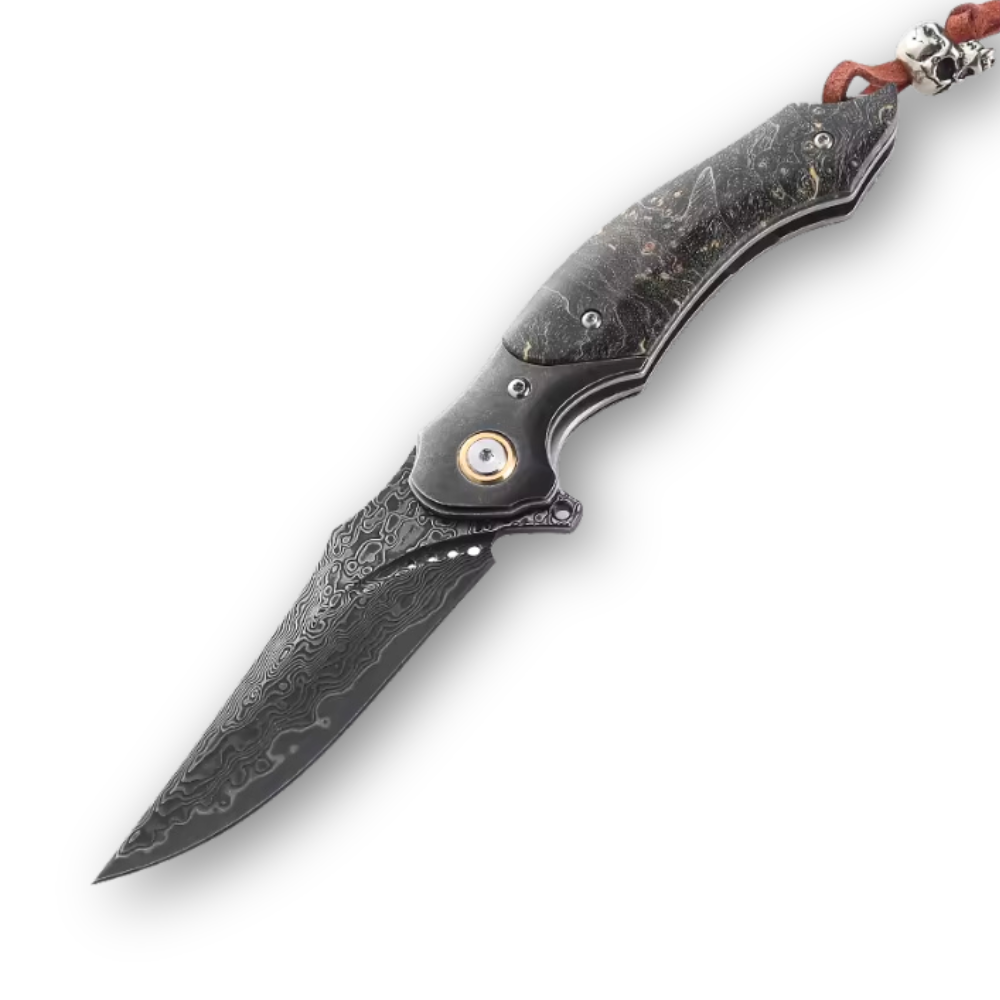










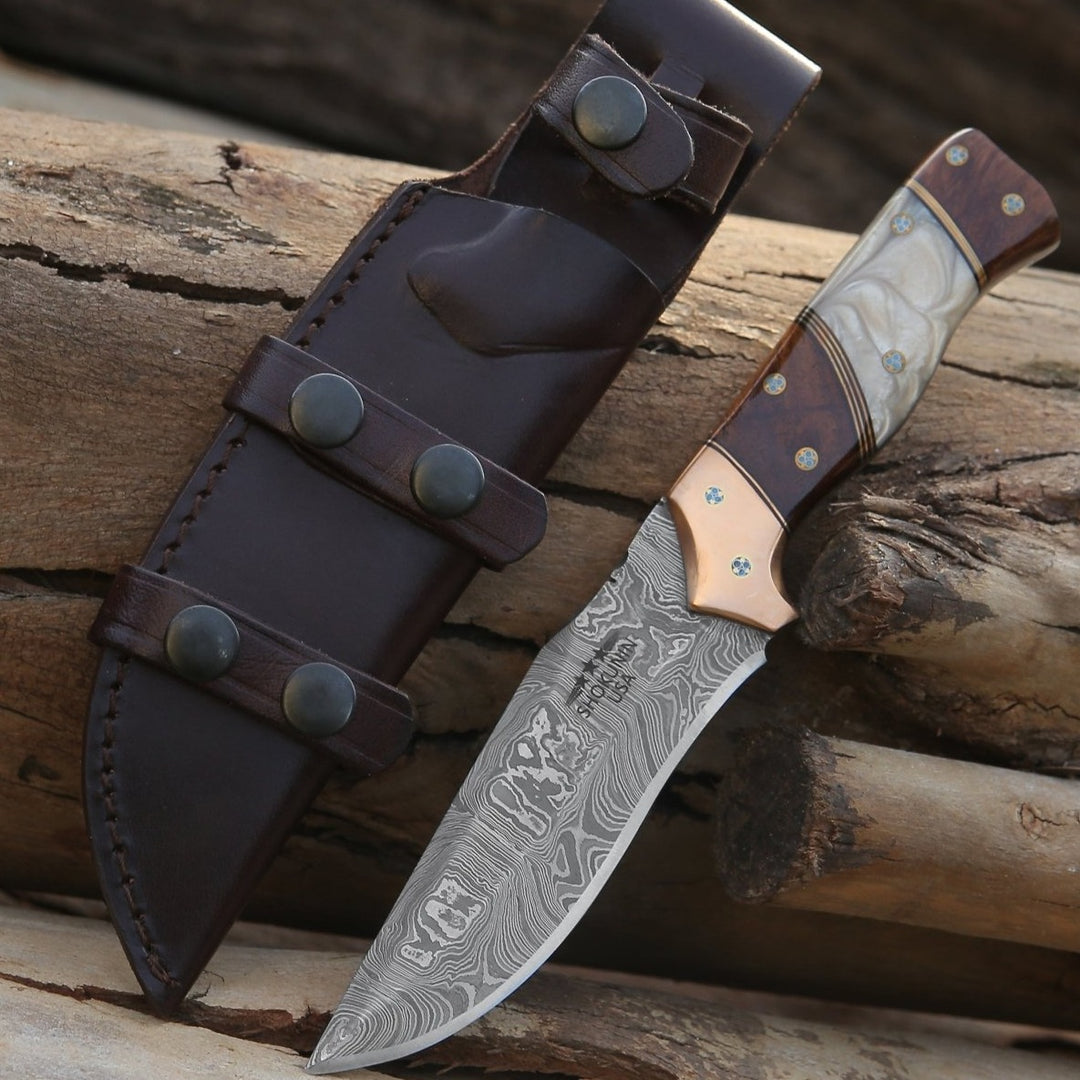
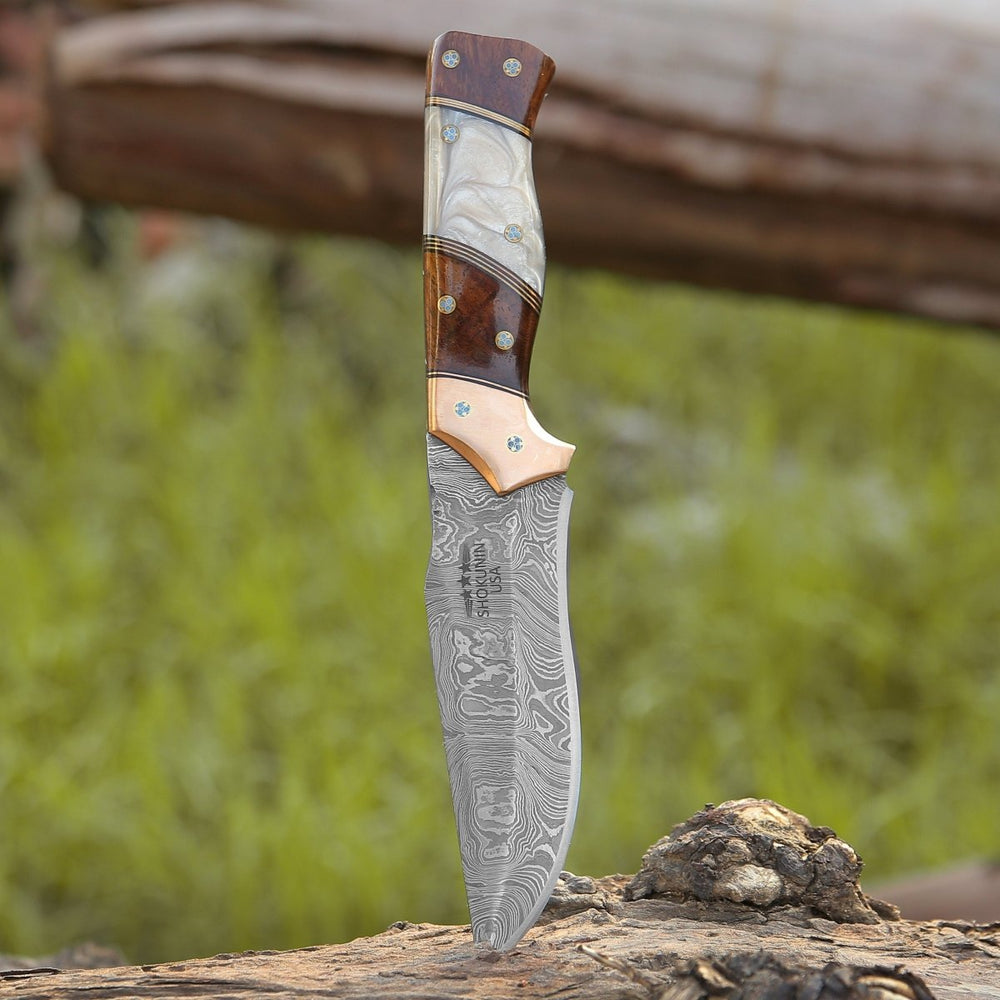


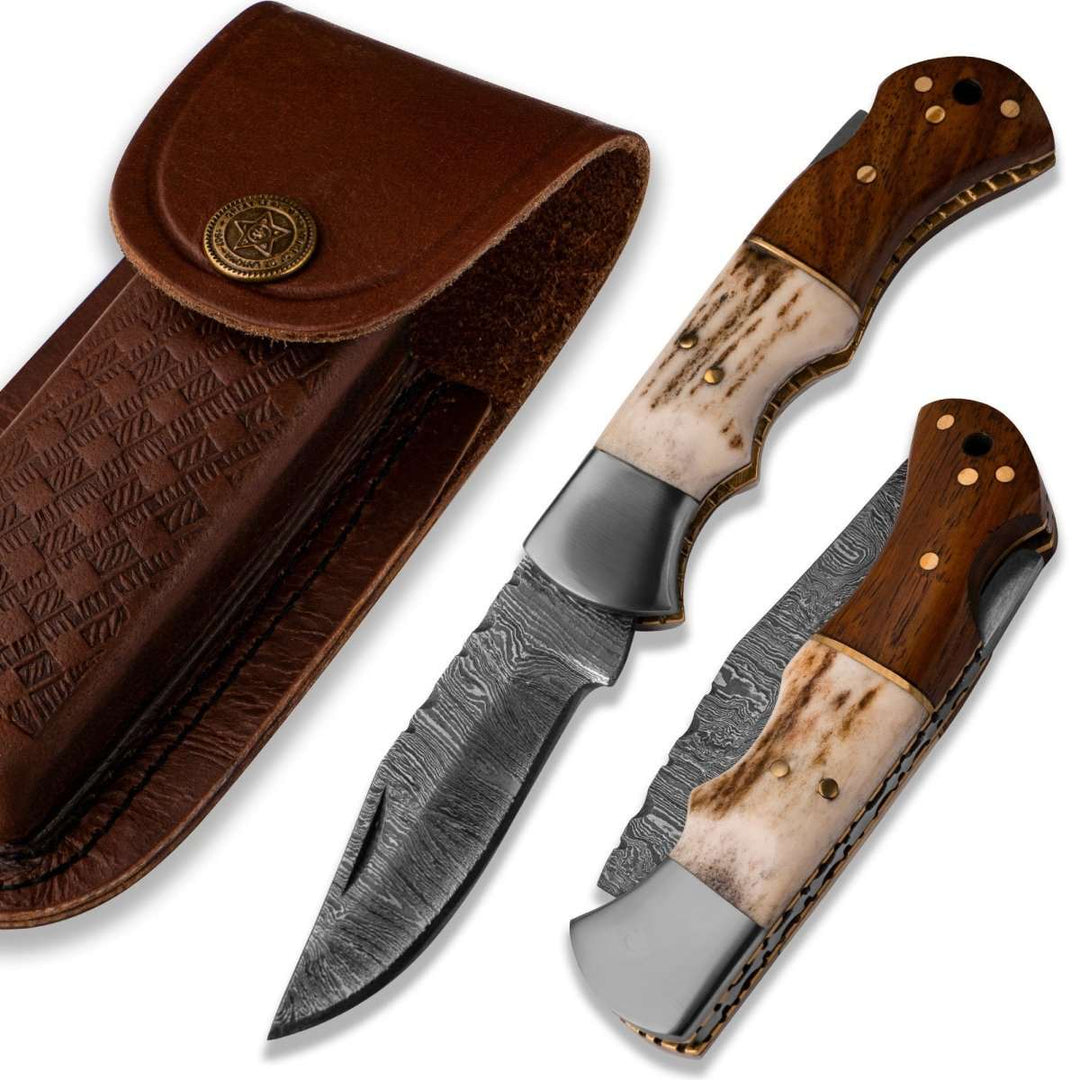
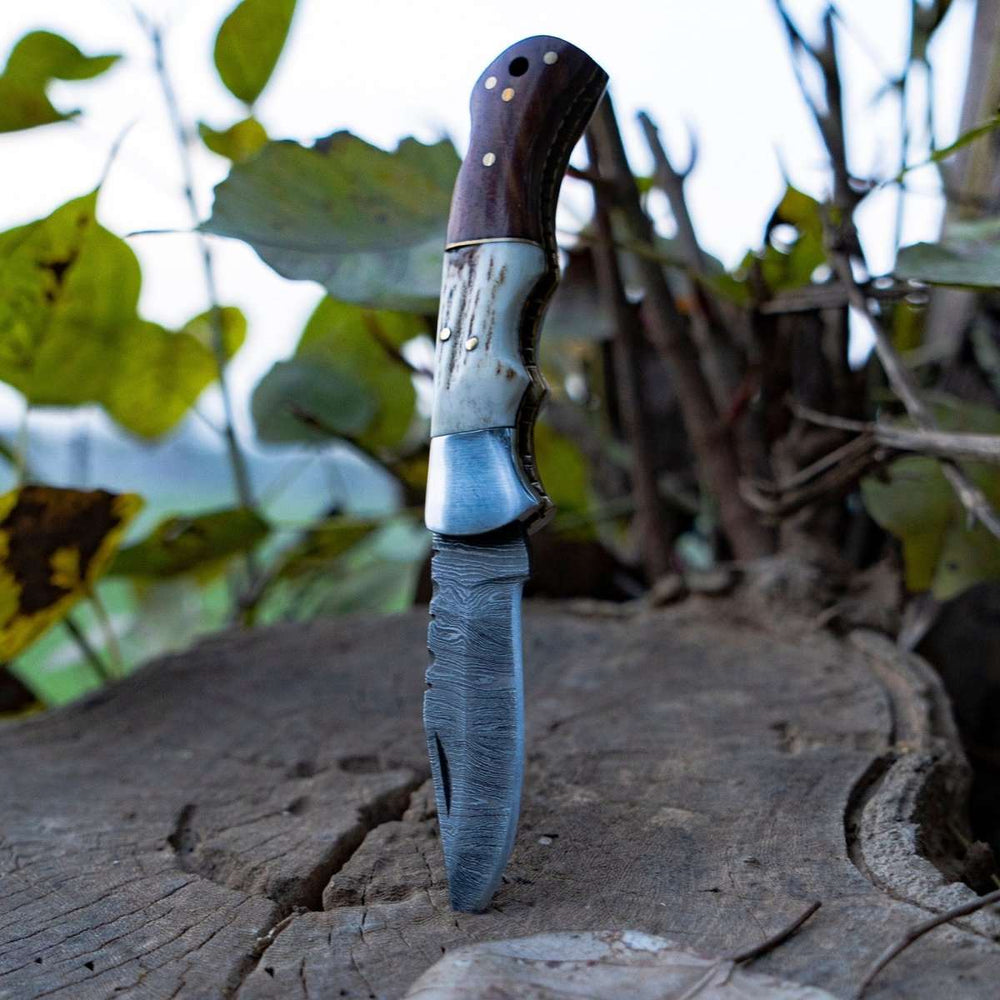













Leave a comment